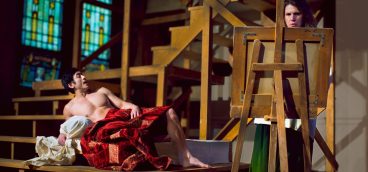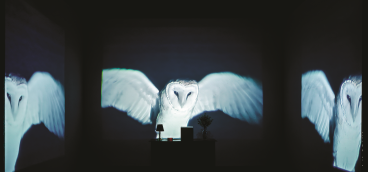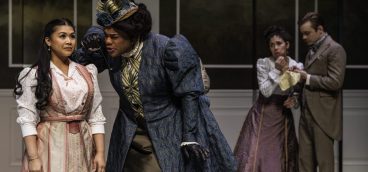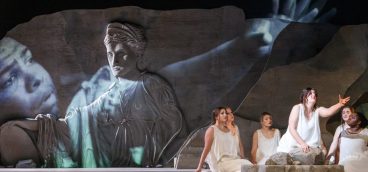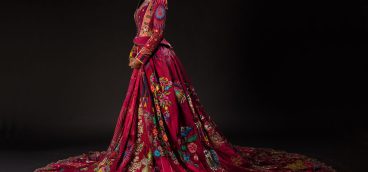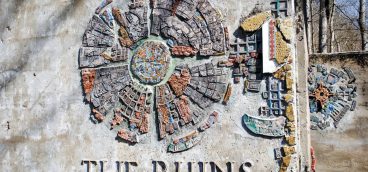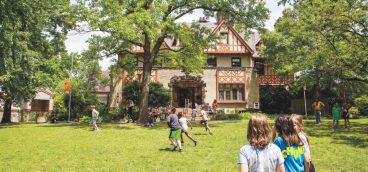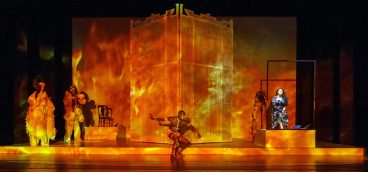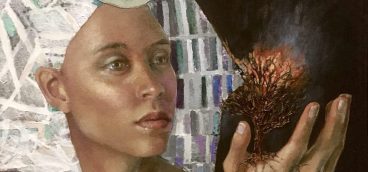The Frick Brings “Once in a Lifetime” Exhibition to Pittsburgh
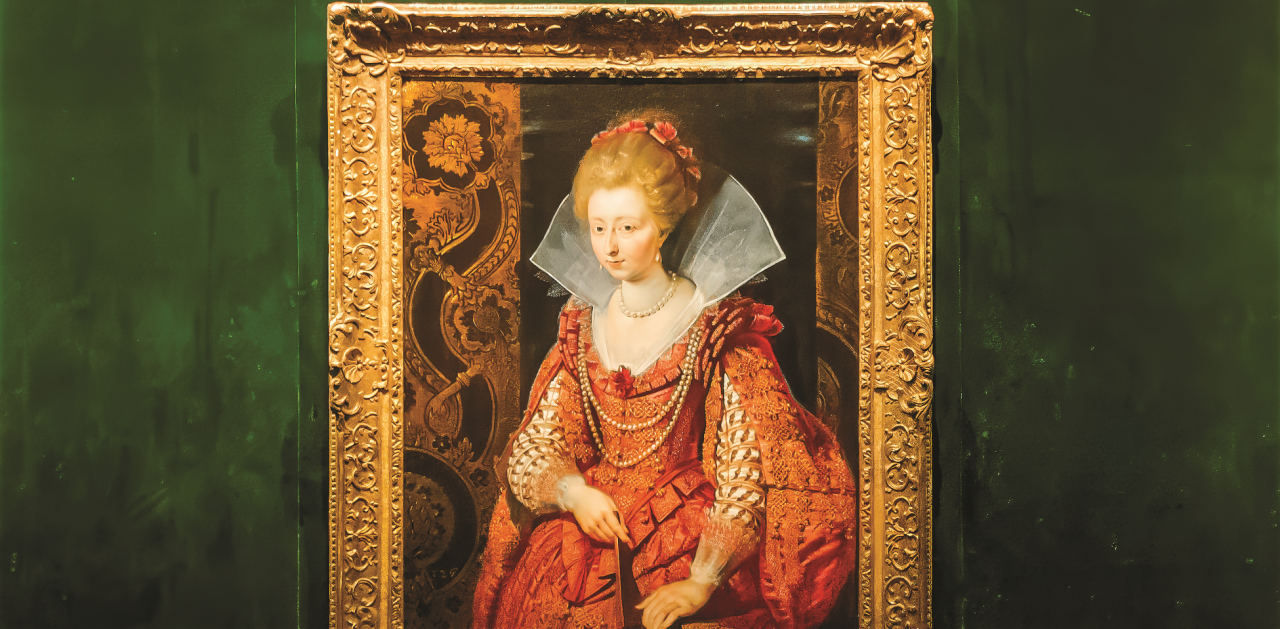
In the business of collecting art, father and daughter, Henry Clay (1849-1919) and Helen Clay Frick (1888-1984), were a formidable duo. Helen was devoted to him, never changing Clayton, their Pittsburgh home, after her father decamped to New York. She chose to remain in his shadow, but he did include her early in his pursuit of the best art available. She later dedicated herself to polishing the reputation of the man once called “the most hated man” in America.
She was a founding trustee and chair of the acquisitions committee at his “jewel box,” the Frick Collection at his New York home that he bequeathed to the city. She wrote the first catalog of his collection and added the exceedingly important art reference library. (For years women there were required to wear skirts, just as women in heels had to wear booties at her Pittsburgh museum to avoid marking up the marble floors.)
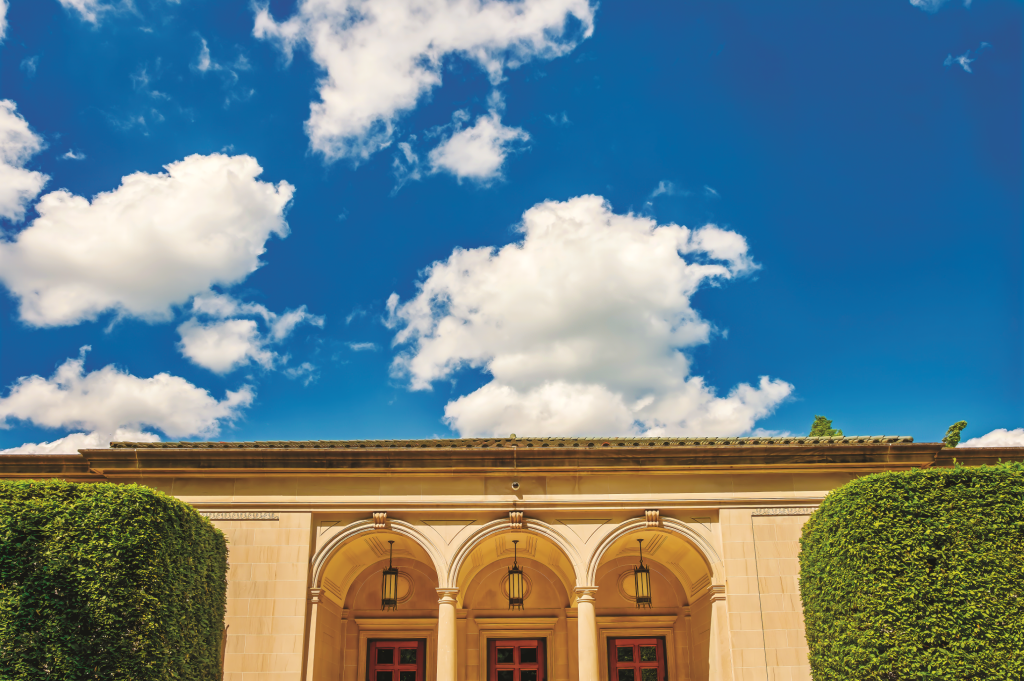
She continued to purchase works for his collection while curating her own collection, much of which ended up in Pittsburgh. She built her own art museum in 1970 on the grounds of the family compound in Point Breeze. She also funded the art history program at the University of Pittsburgh, but that ended when she attempted to exert control over curriculum and hiring. The Frick Pittsburgh has always paled in comparison to the New York Frick in his home on tony Fifth Avenue, but its moment has come with the exhilarating exhibition, “Vermeer, Monet, Rembrandt: Forging the Frick Collections in Pittsburgh and New York,” where selections from both collections have been combined for the first and perhaps only time.
For once the hyperbole attached to an exhibition — in this case, “once-in-a-lifetime,” “blockbuster,” and “extraordinary” — is true. Pittsburgh lacks a significant representation of Old Masters works, due in part to Andrew Carnegie’s lack of interest, which meant the main museum missed the bonanza of works available at the turn of the century. For this reason, and because it doesn’t have a large population, the city isn’t offered traveling exhibitions that feature such works. With a major renovation underway in New York, works from Henry’s august collection — including amazing works by accomplished and beloved artists ranging from Rembrandt and Vermeer to Monet and Degas — have come to Pittsburgh. They fit comfortably with Helen’s purchases, her beloved religious paintings from Renaissance Italy and the stunning Rubens portrait of Charlotte-Marguerite de Montmorency, Princess of Conde (c. 1609), which is the treasure of the museum.
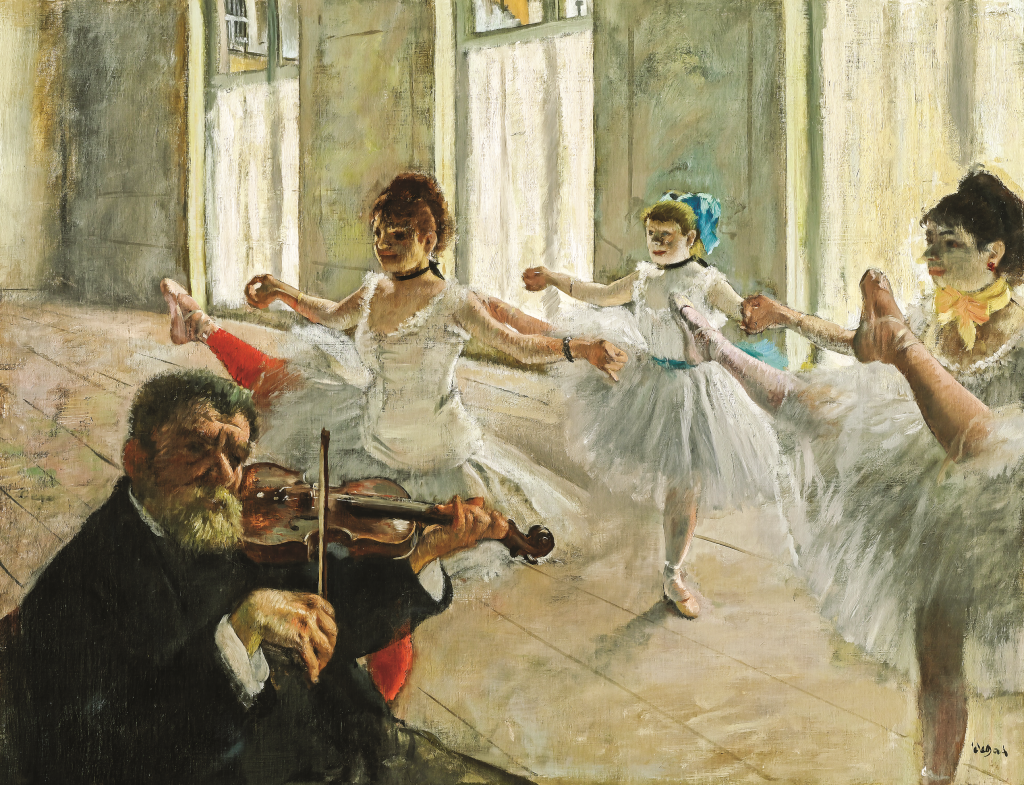
This carefully curated and beautifully installed show is a testament to Henry and Helen, their vision and passion for art. If there is any disappointment, it is that space limitations and conservation issues prevented the inclusion of even more treasures. Missing are two of the three Vermeers Henry bought of the only 36 extant paintings, a historically important fragment of a Manet work, as well as numerous portraits and landscapes by recognized painters that were so popular in the Gilded Age. Both father and daughter would have been happy to see their purchases combined in a setting conducive to their viewing. He bought works for his residences, even if the New York home was intended as a museum from the beginning. And Helen was finely attuned to the environment in which to view the works. Before she sent her Italian paintings to Pittsburgh, she hung them in the art reference library in New York because she felt the religious subject matter was conducive to study and research.
The exhibition, which runs through July 14, features numerous stars. It opens with a brilliant self-portrait by Rembrandt. His 1658 work, purchased by Henry in 1906, reveals the gifted painter laying himself bare for the viewer. The golden robe of Asian royalty accented by a bright red sash, an ironic contrast to Rembrandt’s own humility, seems to emit the soft light that characterizes so much of his work. Emerging from a dark background, his weathered face is enlivened with piercing eyes that take in all he sees. This large work hangs beside a much smaller painting, The Virgin of Humility (c. 1400-1450) by Sassetta, an example of Helen’s predilection for religious paintings. Here are the complementary tastes of the two, who both collected works of high quality but in different subjects.
A work Helen acquired in 1927, after Henry’s death, hangs in close proximity. The large portrait by Ingres of The Comtesse d’Haussonville (1845) provides a salient contrast with the Rembrandt. Painted 200 years later, the Dutch painter’s visible brushstrokes that add texture and character to his self-portrait have been smoothed out to an extreme, hinting at yet-to-come innovations with photography. A soothing picture of well-bred gentility, the woman is posed in front of and reflected in a mirror. Holding one hand to her face, she is lost in thought, a subtle reference, perhaps, to the fact that she penned books, including one on the life of Byron. This placement hints at historic perceptions of men and women, and it is tempting to read it as a curatorial reference to father and daughter.
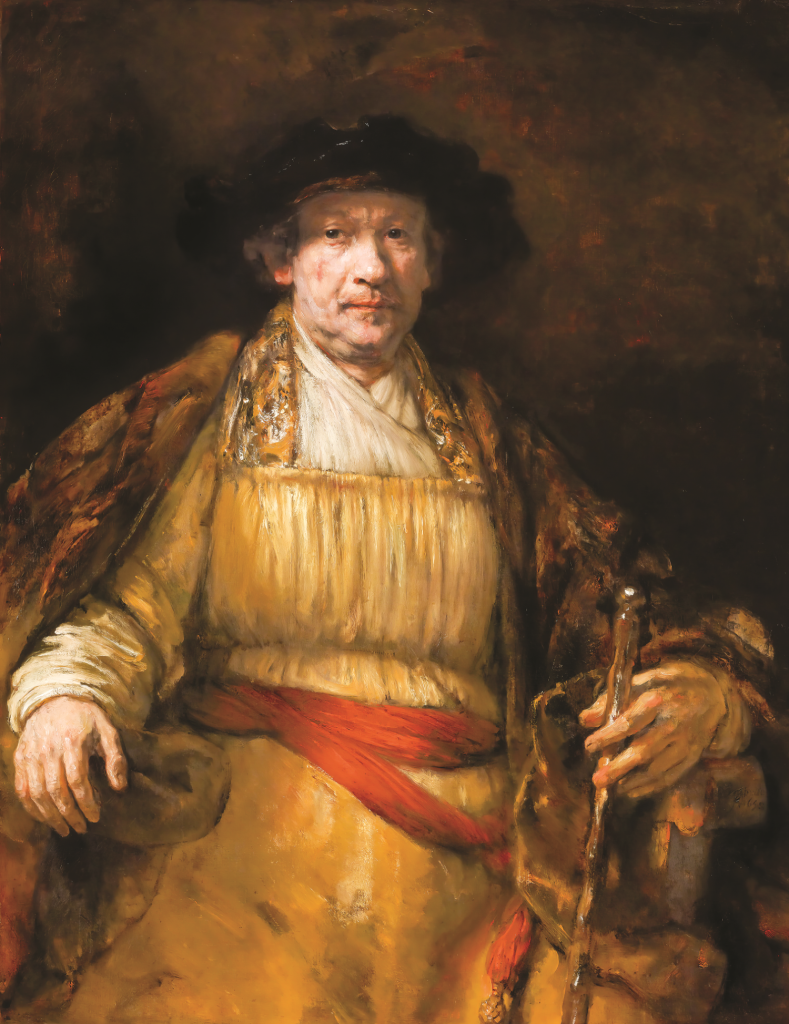
This juxtaposition of paintings separated by 200 years gives us a compare-and-contrast lesson typical in art history, and the exhibition gives an overview of art from the early Renaissance through Impressionism and Post-Impressionism. Almost every period is represented by excellent examples and, by combining their disparate choices, gaps in history are filled in — he didn’t like religious works, and the more modern color studies of Monet from the 19th century never appealed to her.
Despite differences, these two members of the Gilded Age shared conventional inclinations with contemporaries, especially friends and colleagues such as Andrew Mellon, a fellow Pittsburgher who became Secretary of the Treasury and was the founder of the National Gallery of Art in 1937, and J.P. Morgan, who bought Andrew Carnegie’s steel company and employed Frick in New York after the two Pittsburghers had an acrimonious split. In the close circles of the turn-of-the-century rich, it was natural that Henry purchased a large group of decorative arts objects from the Morgan estate.
Like other wealthy collectors purchasing art as a symbol of wealth and prestige to decorate their homes, they placed emphasis on conventional portraits and landscapes like those featured in the early Carnegie Internationals. As one of the best collectors, Frick acquired the finest of these genres, concentrating on 19th century Barbizon landscapes with a bucolic charm that perhaps reminded him of his childhood in West Overton, outside of Pittsburgh. While living in Pittsburgh, he befriended and acquired similar works by the Scalp Level painters of Western Pennsylvania. His first recorded purchase was a landscape by Hetzel that he acquired from a local dealer for $260.
He also surrounded himself with portraits of wealthy men and women, both emulating them and insinuating a comparative worth and importance. The list of artists included the standard, already vetted such as the English Gainsborough and Romney, and big names from Europe such as Hals, van Dyck, and Titian. Two notable portraits by Holbein feature mortal enemies St. Thomas Moore and Oliver Cromwell. They were placed on either side of a fireplace in New York, above which hung an El Greco work. Perhaps this reveals a sense of humor, but one might also see them as a parallel to Frick and Carnegie.
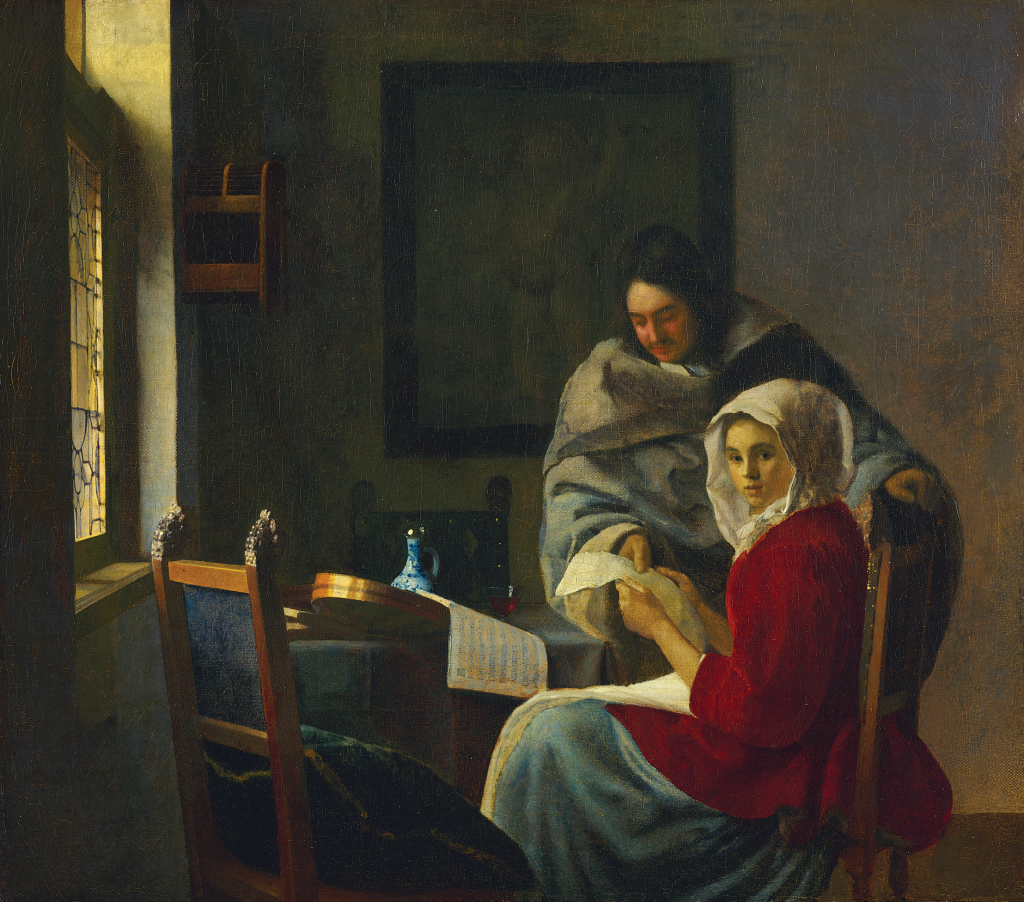
These two titans of industry, and/or robber barons, transformed from respect to mutual dislike, with Frick famously rebuffing an offer of reconciliation from Carnegie with his infamous line, “Tell him that I’ll meet him in hell.” Much has been read into their conflict and many believe that Carnegie declared his Pittsburgh palace of culture as the future repository of the “Old Masters of Tomorrow” in opposition to Frick’s interest in the established Old Masters. In hindsight, and with the research done by The Frick Pittsburgh for this exhibition, this could not have been true, as Frick was buying more recent work including Monet landscapes — one a steal at $3,000 when the artist was strapped financially — and a surprisingly avant-garde dance studio scene by Degas.
Another out-of-the-ordinary purchase was made when Henry wanted to cement his reputation as an important collector. He pursued the purchase of The Disciples at Emmaus (1896-97), a religious work by Pascal-Adolphe-Jean Dagnan-Bouveret (1852-1929), an esteemed and fashionable contemporary painter. Henry saw this large work (78” x 110 ½”) in its early stages, and he paid $40,000 for it, an incredible amount considering he paid $26,000 for his first Vermeer. He gifted the Dagnan-Bouveret to The Carnegie in 1898, the year it was included in the International before their falling-out. The local press had a field day, calling it a “whopping picture” and comparing its size to works in the National Gallery in London. They postulated that it would “catapult” The Carnegie over the London institution due to its size, but felt that Frick “ought to have got a larger canvas for the price.” It was later considered so over-the-top, practically a sentimentalized embarrassment, that it languished in the basement of the museum for decades before returning to view near the end of the 20th century.
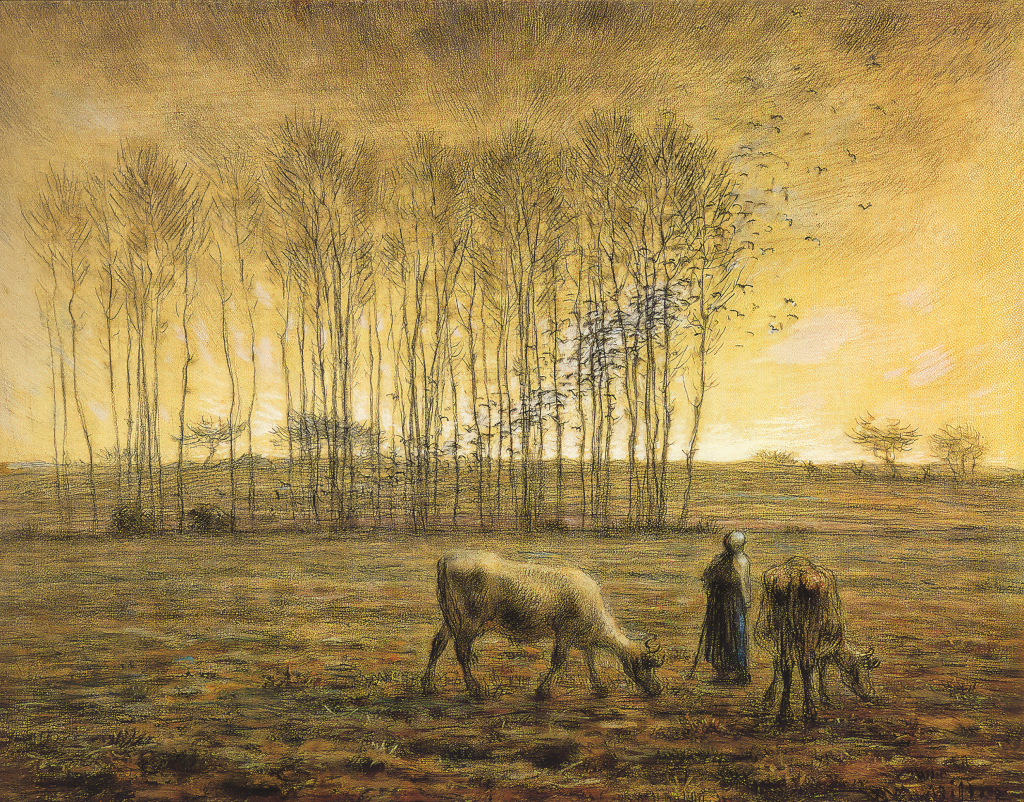
While Frick recognized the symbolism of owning an art collection, this activity became a passion for both him and Helen. He sought the advice of and purchased from the best dealers, such as Knoedler and Co., a top-notch New York gallery from 1826 until damaging lawsuits forced its closure in 2011. The gallery worked with the best and richest collectors from Cornelius Vanderbilt to John Jacob Astor and William Rockefeller, as well as Frick, and opened spaces in London, Paris, and even Pittsburgh at 432 Wood St. In 1895 alone, they sold Henry 18 works.
Charles Carstairs, who opened the Pittsburgh branch in 1897, was a close advisor who influenced Henry to collect Old Masters works and handled other important clients such as Joseph Widener, an early patron for the National Gallery of Art. Frick’s first Old Masters painting was a still-life by Jan van Os, a peculiar purchase since he was not a fan of this genre.
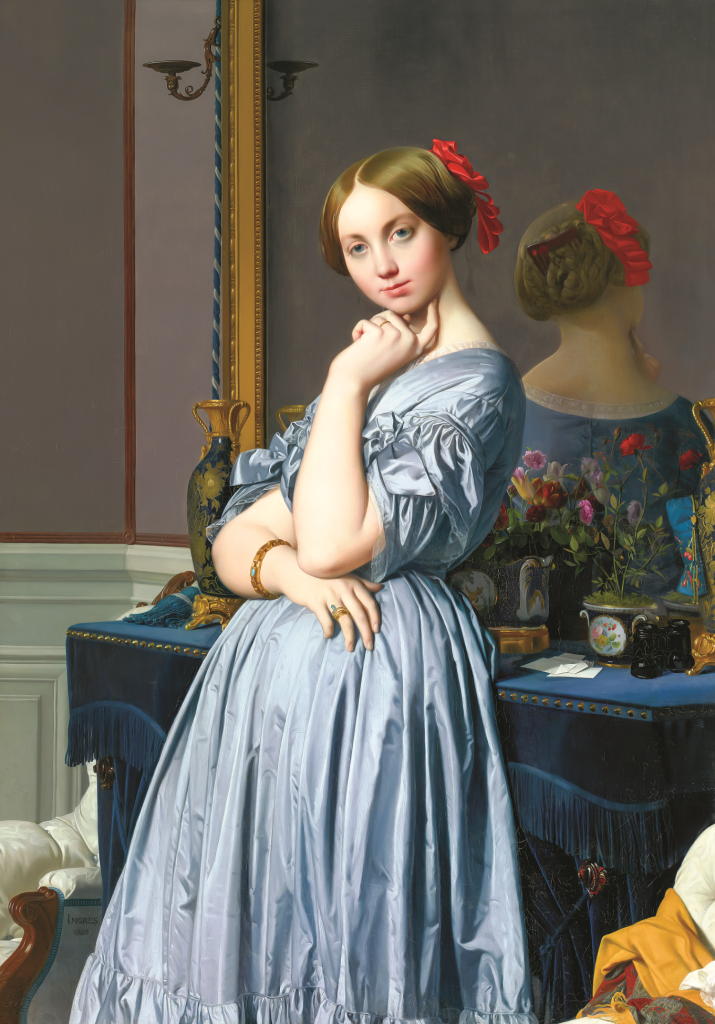
Henry also used the services of the ubiquitous but controversial Duveen Brothers, who funneled some of Morgan’s Chinese porcelains and bronzes to him, many of which ended up at Eagle Rock, the Frick summer house north of Boston. Joseph Duveen cunningly associated himself with Bernard Berenson, a leading connoisseur/art historian who lent him credibility. Duveen believed that Europe had art and America had money, and he advised key collectors from David Rockefeller to William Randolph Hearst and Mellon, in addition to Frick. He was dogged by controversy for over-conserving works, including the Elgin Marbles. In addition, several works he handled were later determined to be fakes.
There must have been a lot of competition among these men, and many stories document both the above-board negotiations and a series of questionable shenanigans. The market for Old Masters paintings was extremely strong, primarily because English aristocrats were suffering financially and eager to sell. It seemed as though almost everything was up for sale.

Helen turned to experts for advice, frequently soliciting the opinion of Berenson, a revered authority despite his association with Duveen. He was a Renaissance scholar whose opinion mattered, and one of his most famous and revered clients was Isabella Stewart Gardner. He remained in touch with his alma mater, Harvard University, where Helen consulted Paul Sachs, the associate director at the Fogg Art Museum and a member of Goldman Sachs. All of these dealers, advisors, and collectors raised the status and expanded the presence of art in America.
This exhibition presents a treasure trove, not only of great paintings but also of new information that illuminates the lives and collections of both Henry and Helen Frick, with many fascinating facts available on the wall labels. While both father and daughter were public-minded and intended to share their holdings, they rarely allowed the works to be lent to other museums. There were rare exceptions, such as the fabulous Degas, acquired from the estate of Henri Rouart, whose painting The Old Man was in an International and is a treasure of The Carnegie. It was lent to an exhibition in support of the women’s right to vote.
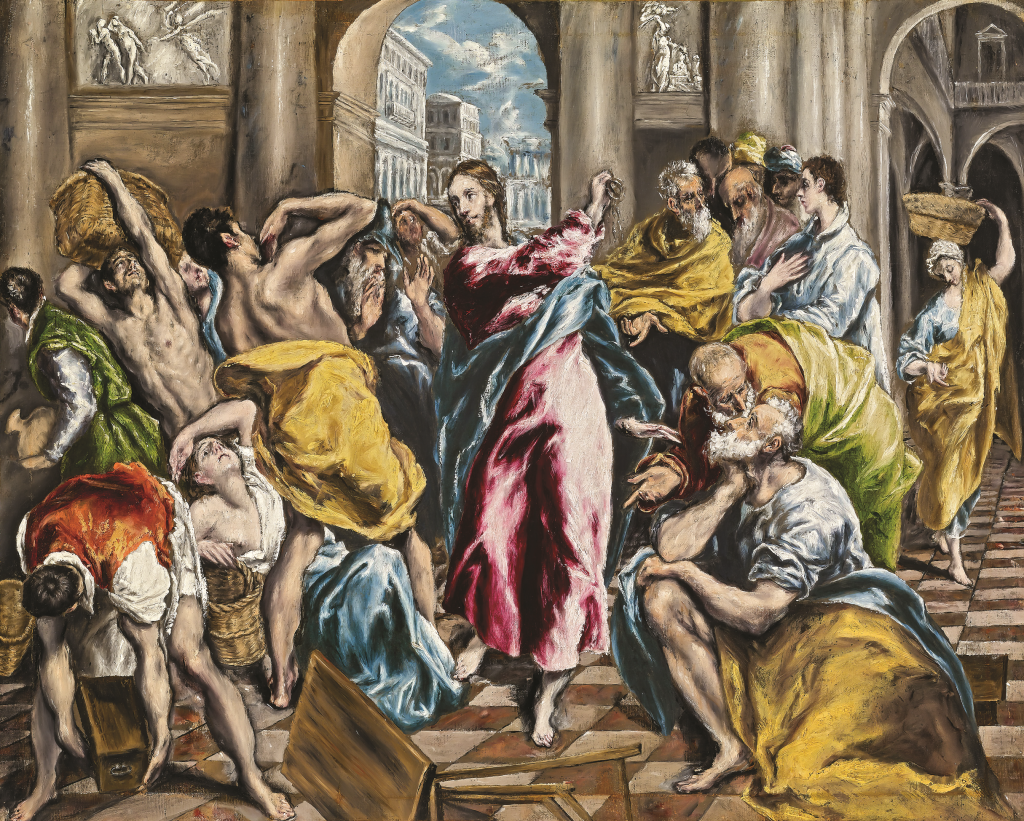
This exhibition is so important for art lovers because these valuable works might not ever travel again and it allows viewers here to see “the best of the best.” In fact, no article or review can cover it adequately. The room of Millet drawings and a single oil painting give a rare opportunity to see so much work by him at one time. These works stand out for another reason: His concentration on working-class subjects, even in quiet landscapes, contrasted sharply with Frick’s attitude and actions. There are also several examples of more light-hearted, decorative paintings by artists such as Boucher and Fragonard, whose works appealed to Helen. The latter’s crowning achievement is a series of large paintings called The Pursuit of Love (1771-1791), installed in the Frick mansion in New York after being rejected much earlier by Madame du Barry for her chateau outside of Paris.
And finally, there is the Vermeer, Girl Interrupted at Her Music (c 1658-59), which Henry purchased in 1901. This small painting of a woman and her music teacher in a domestic setting, illuminated by the light from a window, hangs near the end of the exhibition, bookending with the light-filled self-portrait by his contemporary, Rembrandt, at the beginning. Although now one of the most venerated and popular artists, aided by the recent movie “Girl with a Pearl Earring” and several blockbuster exhibitions, Vermeer was generally overlooked until rediscovered in the 19th century. Now people travel far distances to see his works, but one has come to Pittsburgh and it is certain to become one the superstars of the show. Vermeer’s story, like that of the Frick father and daughter, shows how ideas and impressions can change with the times. Don’t miss it — you might not get another chance to see this greatness here again.




